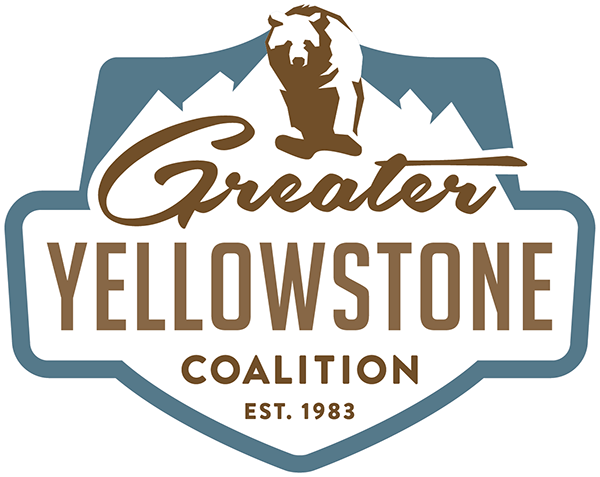Idaho Lawmakers Weaken Cyanide Mining Safeguards, Threatening Water, Wildlife, and Outdoor Heritage
Cyanide is a toxic chemical that can kill people and wildlife when ingested, breathed, or absorbed through the skin. It’s also the chemical of choice for mining companies to efficiently separate gold from rock—and Idaho lawmakers have moved to make it easier to use.
Idaho Senate Bill 1170 (SB 1170) shifts rulemaking authority from qualified scientists and technical experts at the Idaho Department of Environmental Quality to state legislators by locking vague, weaker mining rules into state law, potentially allowing cyanide mines to be built with less oversight and fewer safety regulations, putting Idaho’s water, wildlife, and outdoor heritage at risk.
A 1993 flash flood washed over cyanide leach ponds at the Preacher's Cove Mine in central Idaho, contaminating the Yankee Fork, a tributary of the Salmon River. Photo Roy Luck
What does an open-pit, heap-leach, cyanide gold mine look like? Miners essentially tear down the mountain, crush up the ore, and soak it in a cyanide solution to separate gold from “waste rock.”
Accidents are common at these types of mines, and the risks are well documented. The highly toxic chemical can poison groundwater, killing wildlife, and causing lasting damage to ecosystems. Once cyanide contaminates groundwater, it’s incredibly difficult to clean up and the impacts can be felt for decades. It’s so dangerous that Montana voters banned its use in open-pit, heap-leach mining in 1998 after various disasters, including a 52,000-gallon spill at the Zortman-Landusky Mine. Taxpayers have paid more than $33 million to clean up acidic water from the mine polluted by cyanide and other heavy metals.
Idaho’s clean water and pristine public lands are at the heart of the state’s heritage and economy. SB 1170 weakens safeguards that protect Idahoans and underscores the urgent need to prevent toxic cyanide mining disasters—exactly what we’re fighting against in Kilgore.
The creeks that begin in the same foothills as the Kilgore Project recharge the Eastern Snake Plain Aquifer, which is the only source of clean drinking water for 300,000 people in Rexburg, Idaho Falls, Twin Falls, and the surrounding communities. Photo GYC/Emmy Reed
Just 60 miles from Yellowstone National Park, foreign-owned Excellon Resources is exploring for gold in the Centennial Range, known for its clean streams, abundant wildlife, and quiet, rugged beauty. If Excellon’s exploration finds enough gold there, it would likely construct an open-pit, heap-leach, cyanide facility governed by these new laws. Excellon is in such an unstable financial condition that it would likely not be around to clean up any toxic mess it creates, leaving taxpayers on the hook.
The Kilgore Gold Project threatens to transform this unspoiled landscape with 10 miles of new roads, 140 drill pads, and 420 exploration drill holes, scarring the mountainside above West Camas and Corral Creeks. An open-pit, heap-leach, cyanide gold mine here would pose a direct threat to the area’s pristine waters, which provide clean drinking water for local families and irrigation for nearby agricultural producers.
GYC has been fighting the Kilgore Project since 2018 and is a founding member of the Clean Kilgore Coalition, a regional group of ranchers, outdoor recreationists, families, and conservationists united in opposition to the Kilgore Gold Project since 2021.
Want to learn more? Join Idaho Conservation Organizer Tom Hallberg on April 10 for the first event in our Spring Forward Webinar Series to learn about GYC’s plan to halt this risky gold mining project and how you can get involved.
– Julia Barton, Communications Associate (Bozeman, Montana)



